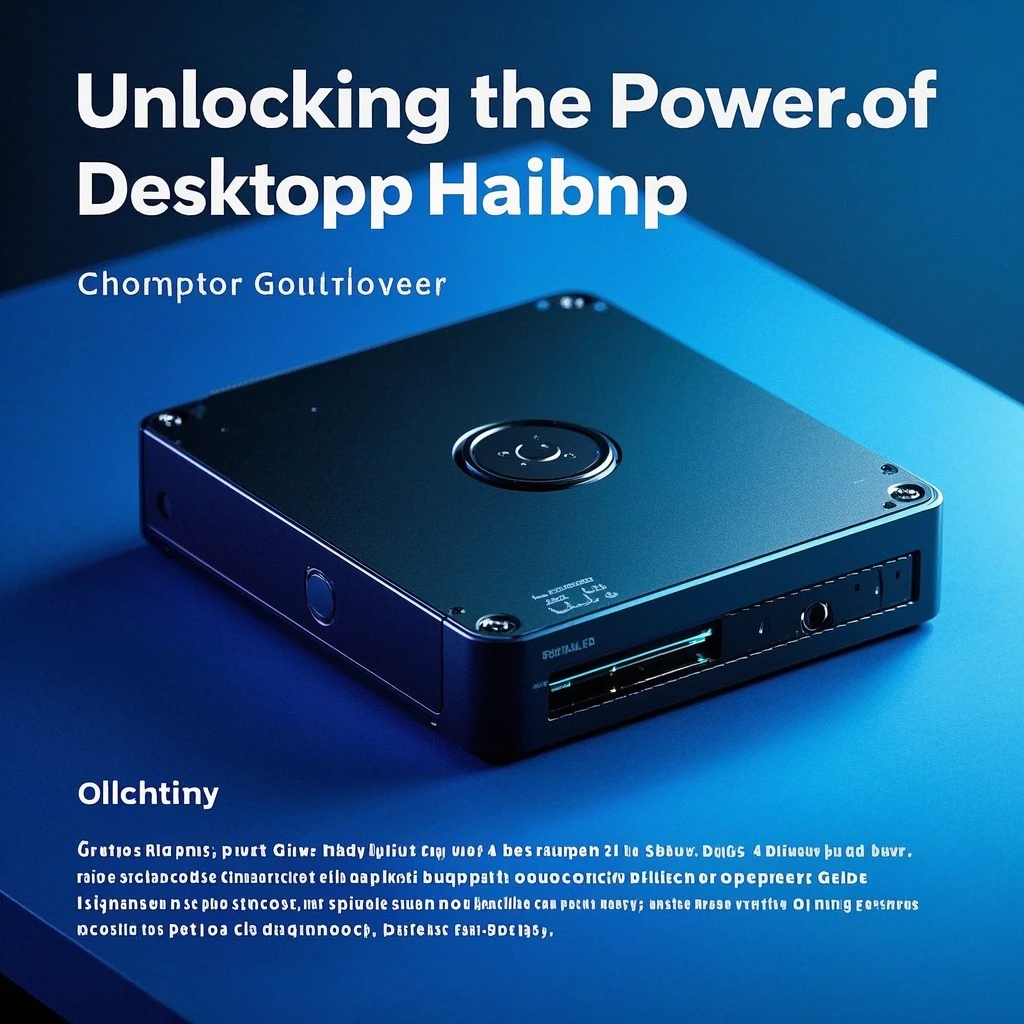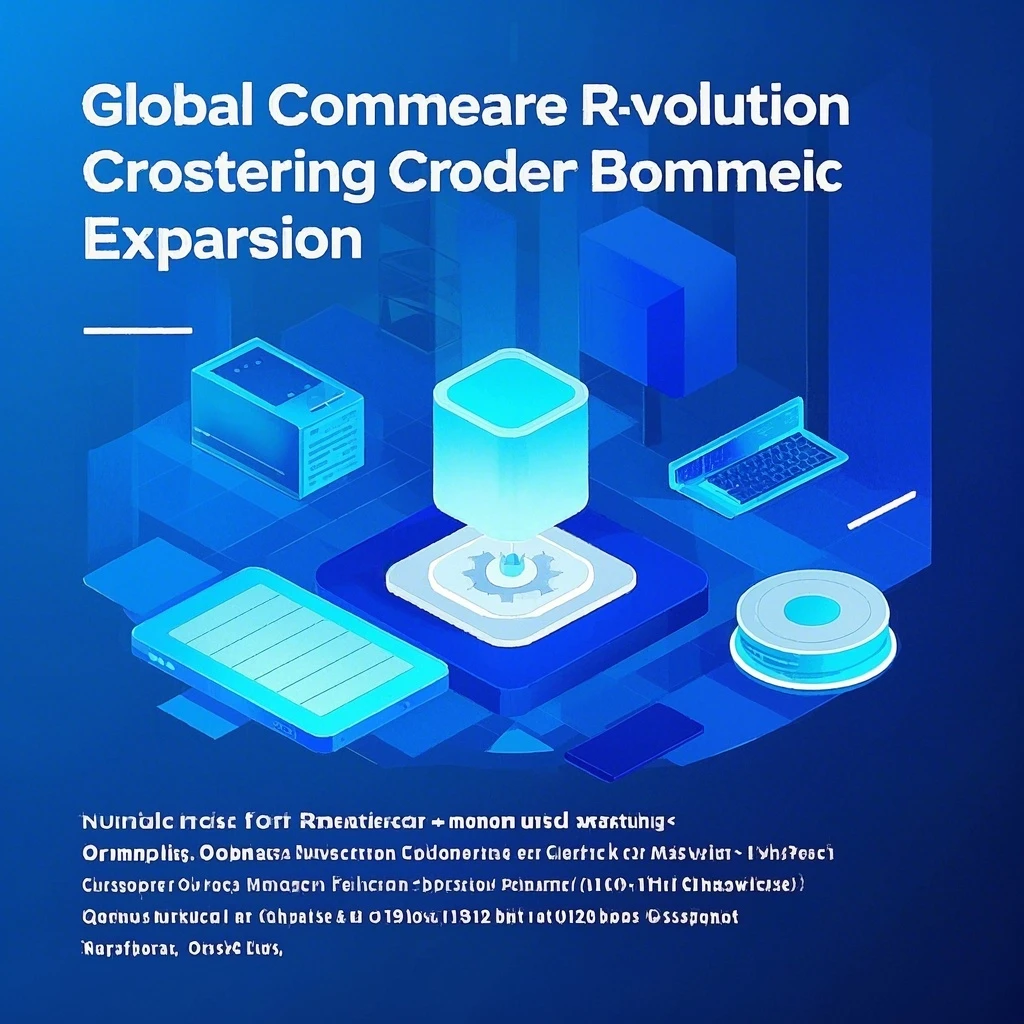Unlocking the Power of Desktop Hard Drives: A Comprehensive Buyer’s Guide
 In the digital age, desktop hard drives remain the backbone of data storage, serving as the repository for everything from operating systems to cherished family photos. Whether you’re building a gaming rig, editing 4K videos, or simply storing documents, understanding the nuances of modern storage solutions is key. This guide explores the latest advancements in HDDs, SSDs, and hybrid drives, empowering you to make an informed decision.
In the digital age, desktop hard drives remain the backbone of data storage, serving as the repository for everything from operating systems to cherished family photos. Whether you’re building a gaming rig, editing 4K videos, or simply storing documents, understanding the nuances of modern storage solutions is key. This guide explores the latest advancements in HDDs, SSDs, and hybrid drives, empowering you to make an informed decision.The Evolution of Desktop Storage
Gone are the days when a single hard drive ruled the market. Today’s options span three primary categories:
- Hard Disk Drives (HDDs)
-
- Technology: Magnetic platters spinning at 5400–7200 RPM, with mechanical arms accessing data.
-
- Advantages: Affordable per-terabyte pricing (as low as $0.02/GB), massive capacities (up to 20TB), and suitability for cold storage.
-
- Drawbacks: Vulnerable to physical shocks, slower boot times, and higher power consumption.
- Solid-State Drives (SSDs)
-
- Technology: Flash memory chips with no moving parts.
-
- Advantages: Lightning-fast read/write speeds (up to 7,000 MB/s for NVMe drives), silent operation, and 抗震 durability.
-
- Drawbacks: Higher cost per gigabyte (around \(0.10–\)0.20/GB) and finite write cycles (though modern SSDs often outlast HDDs).
- Hybrid Drives (SSHDs)
-
- Technology: Combines an HDD with a small SSD cache (8–32GB) to accelerate frequently accessed data.
-
- Advantages: Balances speed and storage at a mid-range price point.
-
- Drawbacks: Still limited by HDD mechanical latency for large files.
Performance Metrics That Matter
When evaluating drives, focus on these critical factors:
- Form Factor: 3.5” for desktops, 2.5” for compact builds.
- Interface: SATA III (6 Gb/s) vs. NVMe (up to 32 Gb/s).
- Cache Size: Larger cache (e.g., 256MB on HDDs) improves burst speeds.
- Endurance Ratings: SSDs often specify TBW (Terabytes Written), with enterprise models exceeding 1,000 TBW.
Choosing the Right Drive for Your Needs
- Budget-Friendly Storage: Opt for a 4TB HDD for bulk data at under $100.
- Gaming/Productivity: A 1TB NVMe SSD (e.g., Samsung 980 Pro) ensures near-instant load times.
- Hybrid Workflows: Pair a 2TB SSHD with a 512GB SSD for cost-effective speed.
Maintenance Tips for Longevity
- HDDs: Schedule regular defragmentation and avoid abrupt power outages.
- SSDs: Enable TRIM commands, keep 10–20% free space, and update firmware quarterly.
- Backup Strategy: Use tools like Acronis True Image or Windows File History to safeguard data.
THE END






